Introduction
Every year, more than 9 million school students enter a science competition. Of those, several thousand students in classes 9–12 participate in the topmost levels of competition. These prestigious competitions include:
Google Science Fair https://www.googlesciencefair.com/#!/en/2013/ The Google Science Fair is an online science competition open to students ages 13-18 from around the globe. Top prize is a $50,000 scholarship.
Siemens Competition in Math, Science and Technology: A competition for high school students. Top prize is a $100,000 scholarship.
Junior Science and Humanities Symposia (JSHS): A competition for high school students only. Regional winners proceed to a national competition.
Sanofi-aventis International BioGENEius Challenge: For high school students only; recognizes outstanding research in biotechnology. Process is state, regional, international—all held by sanofi-aventis. Top prize is a $7,500 cash award.
Various state and regional fairs. http://www.societyforscience.org/sts/
Intel Science Talent Search (Intel STS): A competition for high school seniors. Top prize is a $100,000 scholarship.
-
Intel Science Talent Search website
-
Intel’s STS website contains additional information.
The Intel Science Talent Search (Intel STS) is a prestigious science research competition for high school seniors. Since 1942, first in partnership with Westinghouse and beginning in 1998 with Intel, SSP has provided a national stage for the country’s best and brightest young scientists to present original research to nationally recognized professional scientists.
Intel International Science and Engineering Fair (Intel ISEF): For high school students only, who must first qualify at an affiliated fair. Top prize is a $50,000 scholarship.
Eesha Khare, an 18-year-old high school student from Saratoga, California won the Intel Foundation Young Scientist Award and a prize of $50,000 for 2013. She invented an energy storage device for cellphones that can be fully charged in 30 seconds. She competed against 1,600 other finalists from over 70 different countries. The award was presented to her a few days ago at the Intel International Science and Engineering Fair, the largest pre-college science competition in the world, in Phoenix, Arizona.
The device is called a supercapacitor and it holds a number of advantages over typical rechargeable batteries. In addition to its fast charge time, it also lasts 10,000 charge-recharge cycles, compared to a conventional rechargeable battery’s 1,000 cycles. Khare points out that it is also flexible, so it can be used in fabric and roll-up displays. “It has a lot of applications and advantages over batteries in that sense,” she added.
Khare’s interest in nanochemistry led her to the development of the supercapacitor.
See also http://www.businessinsider.com/eesha-khares-device-for-charging-phones-2013-5
http://blog.sfgate.com/sfmoms/2013/05/20/california-teen-invents-device-that-could-charge-cell-phone-in-20-seconds/
See video at http://www.youtube.com/watch?v=Ug1BBMtVYgI&feature=player_embedded#!
In India the Science Olympiad Foundation (SOF) is a Not-For-Profit Organization popularising Computers, Science, Mathematics and English Education among school children. http://www.sofworld.org/ Asia’s largest
Apart from conducting workshops and seminars, SOF organises :
-
The National Science Olympiad
-
The National Cyber Olympiad
-
The International Mathematics Olympiad
-
The IEO International English Olympiad
Each of these competitions is distinctly different, but they all have extremely high standards for success, generally far beyond what is expected at other levels of competition.
My grandchildren have taken part in the US Science Olympiad at the regional and North Carolina state level. The 2013 Science Olympiad brochure is at http://www.soinc.org/sites/default/files/uploaded_files/SOBrochure2013.pdf
North Carolina Science Olympiad (NCSO) http://www.sciencenc.com/team-help/about.php is a nonprofit organization with the mission to attract and retain the pool of school students entering science, technology, engineering, and mathematics (STEM) degrees and careers in North Carolina. Every year NCSO hosts tournaments on university, community college, and public school campuses across the state. These tournaments are rigorous academic interscholastic competitions that consist of a series of different hands-on, interactive, challenging and inquiry-based events that are well balanced between the various disciplines of biology, earth science, environmental science, chemistry, physics, engineering and technology.
In 2013, more than 600 school teams representing over 18,000 students and 65 counties in North Carolina participated in NCSO activities. The finals were held at the North Carolina State University campus at the capital, Raleigh.
Here’s the closing ceremony and prize distribution of the 2013 North Carolina state competition on 27 Apr 13. Competitors are on the ground floor while parents and coaches are on the balconies.
Indoor catapult launched glider
Trebuchet (Medieval Catapult)
Cantilever. Competition is for highest strength to weight ratio
Cantilever being tested. Sand is used as the load.
All the gimmicks for fund raising
A competition sponsored by Duck Tape for creative uses of duct tape
An exhibition and lab visit on Nanotechnology organised by North Carolina State University
A PhD student at NCSU explains her work in Nanotechnology. Indians and Chinese are heavily represented in advanced science.
Another view of the Nanotechnology exhibition
Abhijit Bagal, PhD student from Pune, explains his work in Nanotechnology to the author
Part II – Bottle Rockets
Bottle rockets are a simple and effective introduction to rockets. It is one of the events for the US Science Olympiad. Time in the air is usually the parameter used to score bottle rockets.
Back in 1938 Dr Robert Goddard discovered that long slender rockets slide back at apogee rather than tipping over and falling nose first to earth. Long slender bottle rockets slide back and then flip over to their side. This creates drag and allows the bottle rocket to descend slowly and land without damage.
In a bottle rocket, the propellant is water and the energy source is compressed air. Carbonated soft drink bottles (Pepsi, Coke etc) are made of light, strong material and are built to withstand 150 psi pressure. They are rated to 100 psi. They can be used as the pressure vessel for the rocket.
My grandchildren, Joseph & Jacob, register their entry for Bottle Rocket at the regional competition held earlier in March
Loading the bottle rocket on the launcher
Countdown to launch
After the launch
With their coach
http://waterrocket.uh-lab.de/starting_water_rocket.htm
Launch of a Water Rocket - Course of events
-0.067 s |
0.0 s Triggerring down |
0.067 s |
0.13 s |
0.2 s |
0.27 s |
0.33 s |
0.4 s |
1.07 s |
another start |
Discussion
-0.067sec |
Rocket, 1 liter, with 200ml water, at 8 bar pressure, waiting for the pull on the trigger line. |
0.00 sec |
Trigger ring (black) is pulled down, the rocket does just barely move. |
0.067 sec |
The rocket has left the picture already!Just above the launch tube: a horizontally oriented cloud has formed. It is produced by the air inside the launcher which escapes right after the rocket leaves the launch tube.Middle: the water column. The top of it is dispersed by the air that came out of the rocket after the water. This produced the cloud in the middle of the picture.The air escaping right after the water has a temperature of about -50°C. This low temperature results from the adiabatic expansion of the pressurized air during the phase of water ejection.Top: After the ejection of the water, all remaining compressed air is ejected as well. This is another fast adiabatic expansion, which lowers the temperature to about surprisingly low -130°C. This air is very humid, forming tiny frozen ice crystals, which give the rocket exhaust temporarily the appearance of smoke. |
acceleration |
From the original pictures (the ones above are cut down to save file size) I took the following measures:known launcher length: 0.65 mdistance from launcher to upper pic margin: s=3.25 m (the rocket is somewhere above that). For the minimum average rocket acceleration, we get from s=1/2*a*t2 :a >= 2*s/t2 = 1448 m/s2 or 148 GToo bad we can’t really see where the rocket is at 0.067 sec: if it was at say 4,25 m above the launcher instead, the average acceleration results in 193 G. |
0.13 sec |
The high pressured clouds from before have expanded to ambient pressure. There is only little change in the size of these clouds until 1.07 sec. |
The movements of the water are very interesting. Clifford Heath wrote this convincing explanation: “Remember that a good water rocket will eject the last of the water while the water still has an upwards velocity! Optimum rocket efficiency comes when the ejected mass is stationary – it carries no kinetic energy. Obviously you cannot lift off under that condition though! So the initial ejecta travels downwards, and the final ejecta upwards, and somewhere in the middle the optimum is passed.”
This can be seen very clearly on these pics.0.2 secThe big water drops have been thrown up, the smaller ones follow.0.33 secThe first of the thrown up water drops falls down again.1.07 secThe last drops which are visible on the video fall down. Smaller drops keep falling for a while in the surrounding of the launcher.another startThe last picture shows the same rocket from another start sequence, with a wider viewing angle, at a similar position as in the 0.067s position above. No accurate time mark can be given. Pressure has been less, therefore the launcher cloud has not developed as clearly. The -100°C water “smoke” has developed similarly as above. The rocket can be seen just above the tree line.
While you have read the above, probably this animated picture has been downloaded. It is from the same video as the pics above, presented in 3x slow motion
Explanatory notes with attached videos
This shows the preparation for launch. The correct amount of water is poured into the rocket and it is then mated with the launcher. Next compressed air is filled into the pressure vessel. We are now ready to launch.
Another clip of preparation for launch. Compressed air can be seen bubbling into the bottle. The rocket is launched near the end of the video.
The launch and the flight can be seen. The rocket comes down on its side. The competition is for maximum time in the air.
In this particular design, there are two inter-connected parachutes. The sequence is :
-
Nose cone separates
-
Its attached parachute pulls out the other parachute
-
Both chutes open
The size of the chutes need to be matched with the weights of the nose cone and the main body

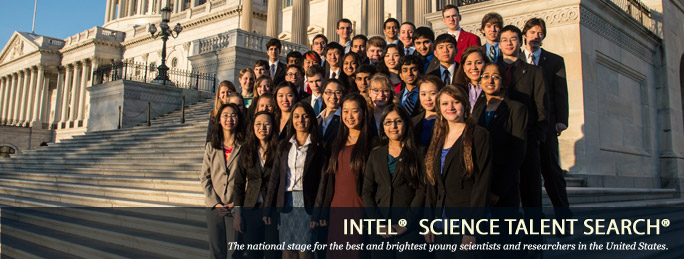

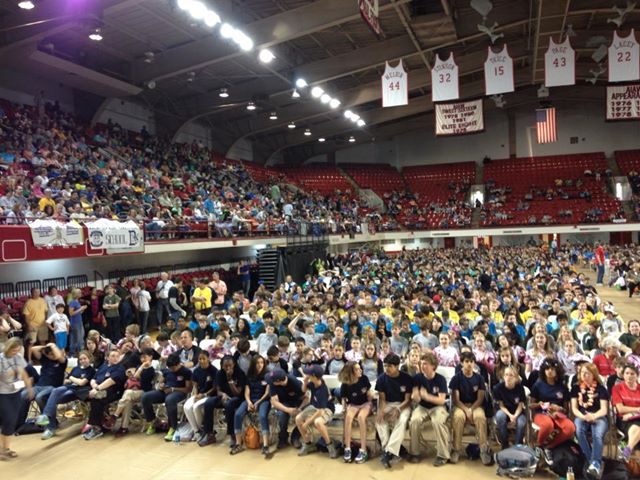


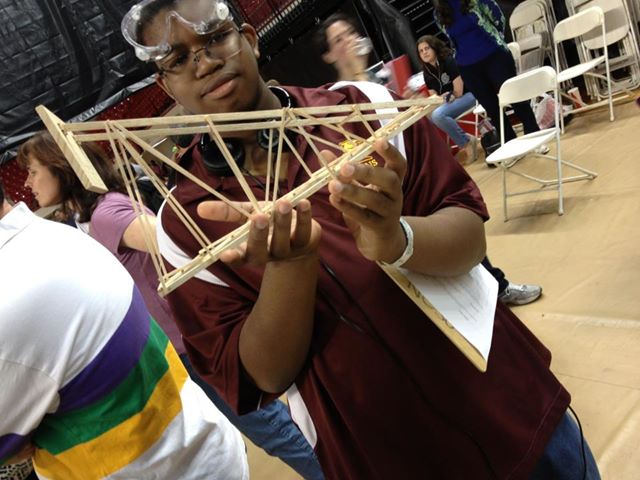
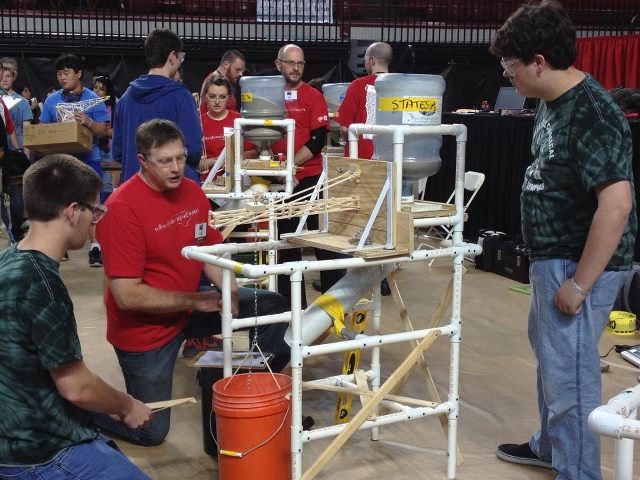

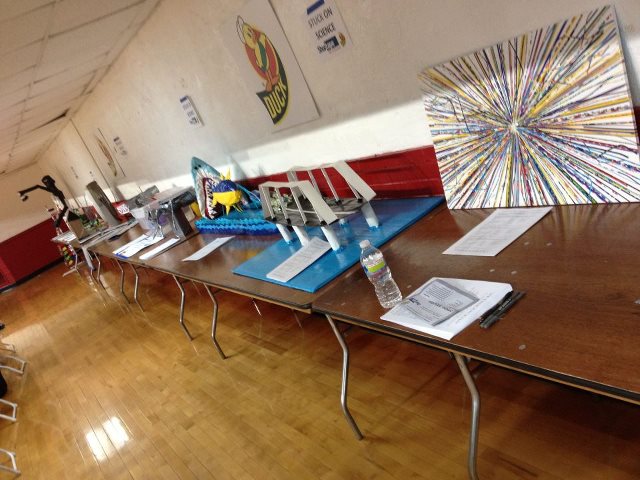
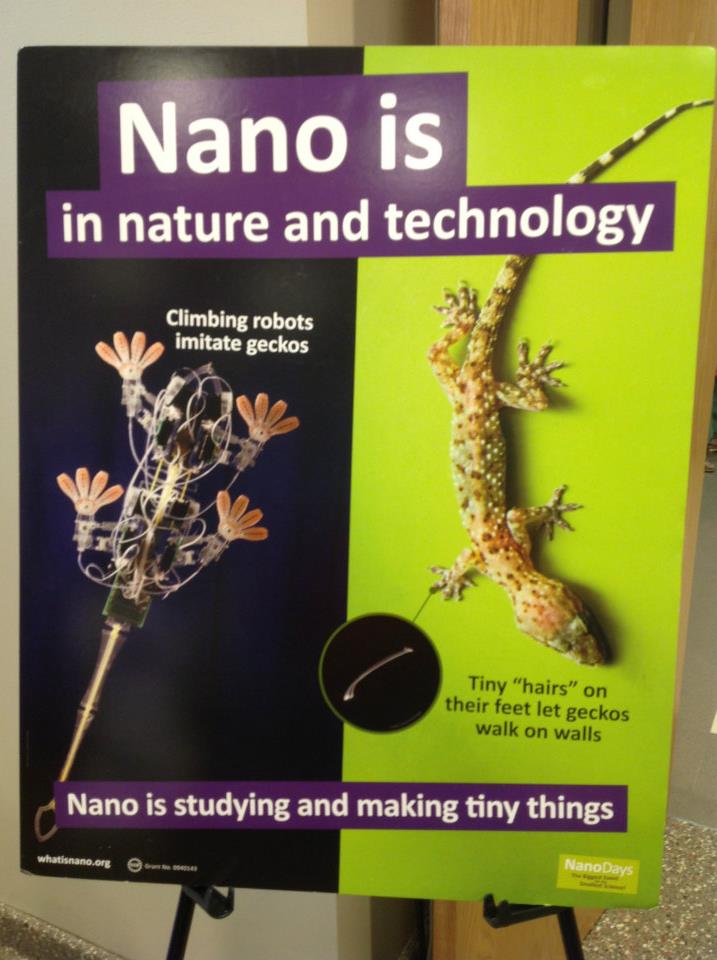
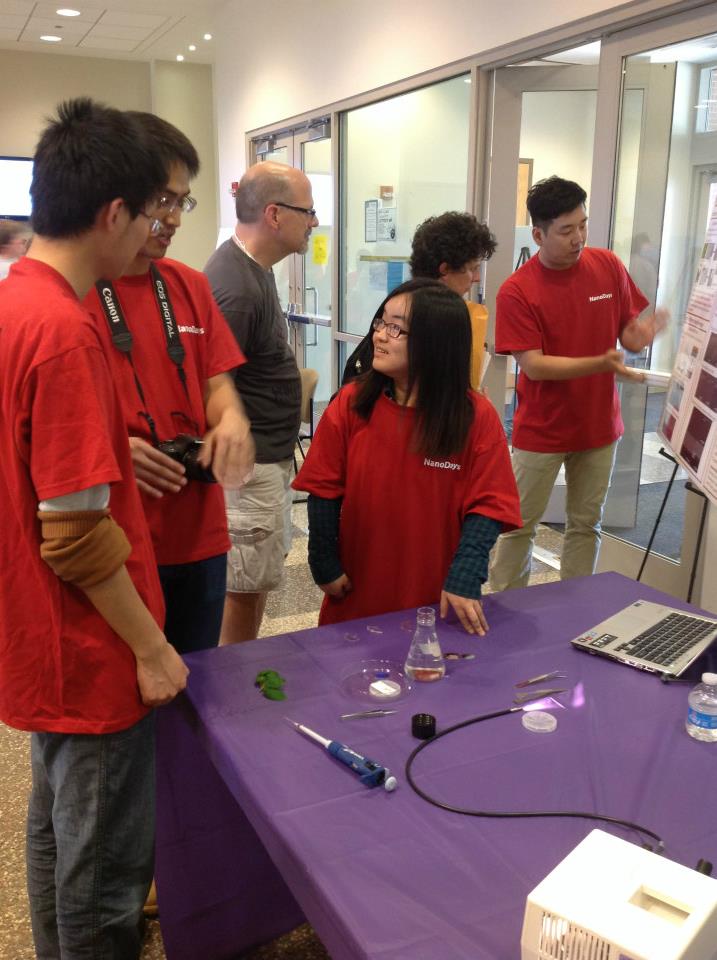
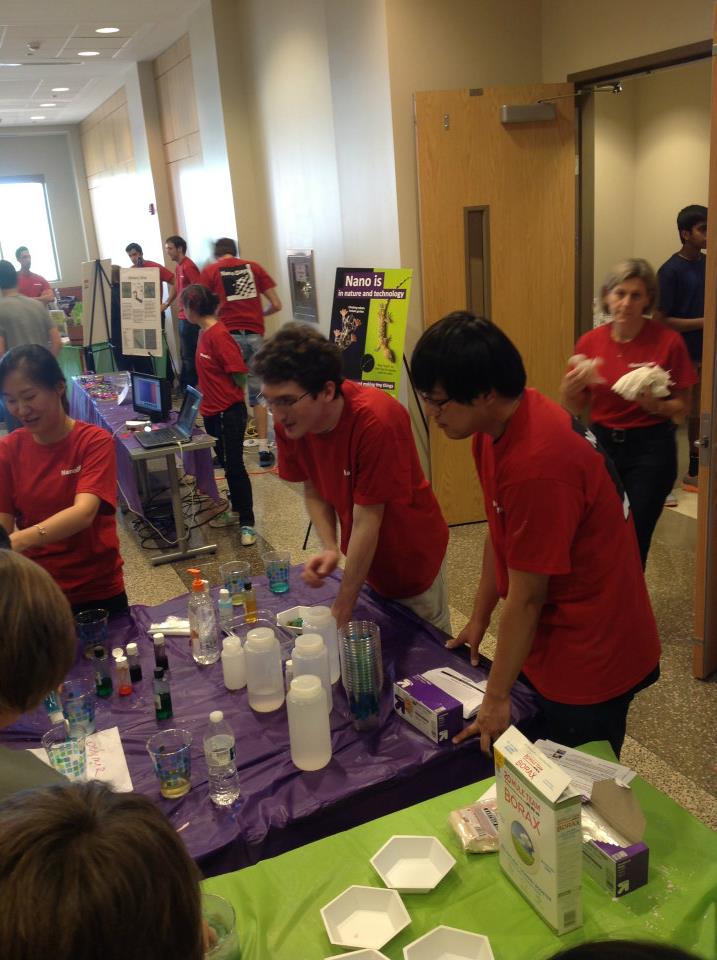
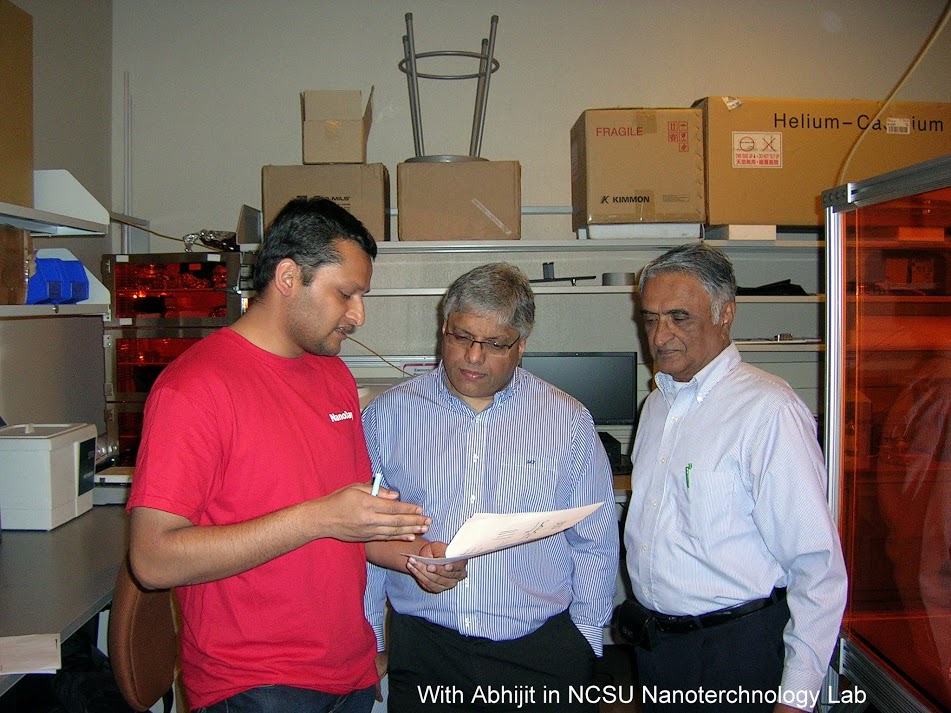












[...] – See more at: http://amolak.in/web/science-competitions-for-students-in-the-usa-by-j-thomas/#comments [...]
Congratulations on reaching 150,000 views on the eve of the anniversary of Guftagu’s inauguration !
Meet This Year’s Google Science Fair Finalists
http://www.businessinsider.com/2013-google-science-fair-finalists-2013-6#
Children have a lot of curiosity. The education system in US helps kids to explore the subject of their curiosity and this leads them to come up with ideas which are so fascinating! My grandchildren are in Philly, and I marvel at their understanding of modern gizmos.
You are so right , Thomas, a little encouragement goes a long way to help kids with their new ideas.
Balu Karpe
Thanks Balu. There’s a lot of interest in India too. See for eg http://sundayscienceschool.com/
Interesting article and great work.
Keep it up!
Dear Sir,
Thanks for sharing info on various competitions and example on success. It gives ideas on motivating young ones.
Satish Kumar Manocha
Very good work
Congrats
To me, this seems to be a very cool method of promoting innovation. In India, we have “Young Engineer Awards” schemes instituted by some Engineering Institutions but the method of evaluation is far from satisfactory. The contenders have to submit their papers which are evaluated by judges, and then they make presentations. However, no one sees the devices created by the youngsters.
The methodology described by Thomas has a sense of ‘competition’ and that brings out the best in a person. It poses a challenge, which acts as a motivator.
Finally, we Indians change when we leave the Indian soil. Look at what happens to us when we travel from Singapore to Delhi. Within that five hour flight, we lose a lot of discipline and civic sense. No one litters the airport on that island nation. Why then do we do it here??!!
Thomas has done a great job, passing on his experience to his grand children. And it is good for him too. It keeps him away from mischief, in his ‘second childhood’ !
Surjit
Science is based on curiosity. Children are very curious about their surroundings. All genuine scientists are children at heart. Most parents kill the curiosity of their children. At a later date, they send their children to coaching classes.
Thank you for forwarding this — it is amazing how our youngsters are doing such innovative work , is this an Indian girl ?
Talat Zamir
Eesha Khare appears to be of Indian origin. No idea what her nationality is.
BTW the head of US Defense Advanced Projects Agency (DARPA) is a lady of Indian origin. Both in India and USA, the female of the species is leading in science and higher education.